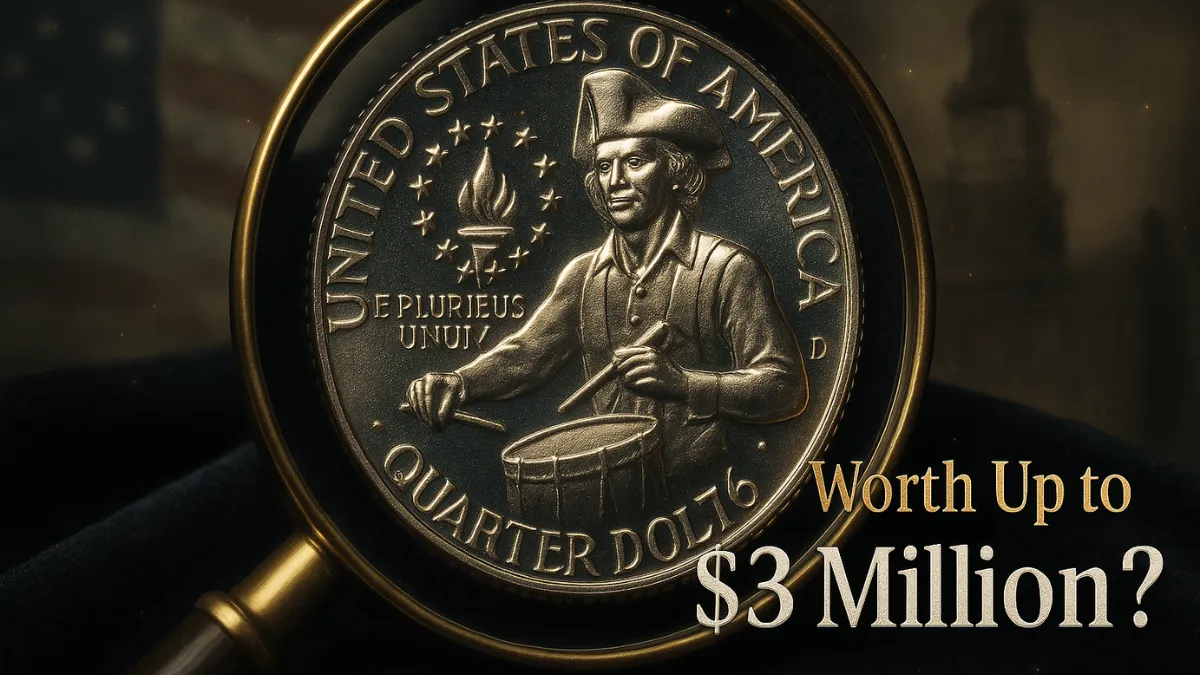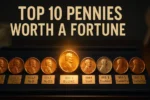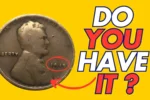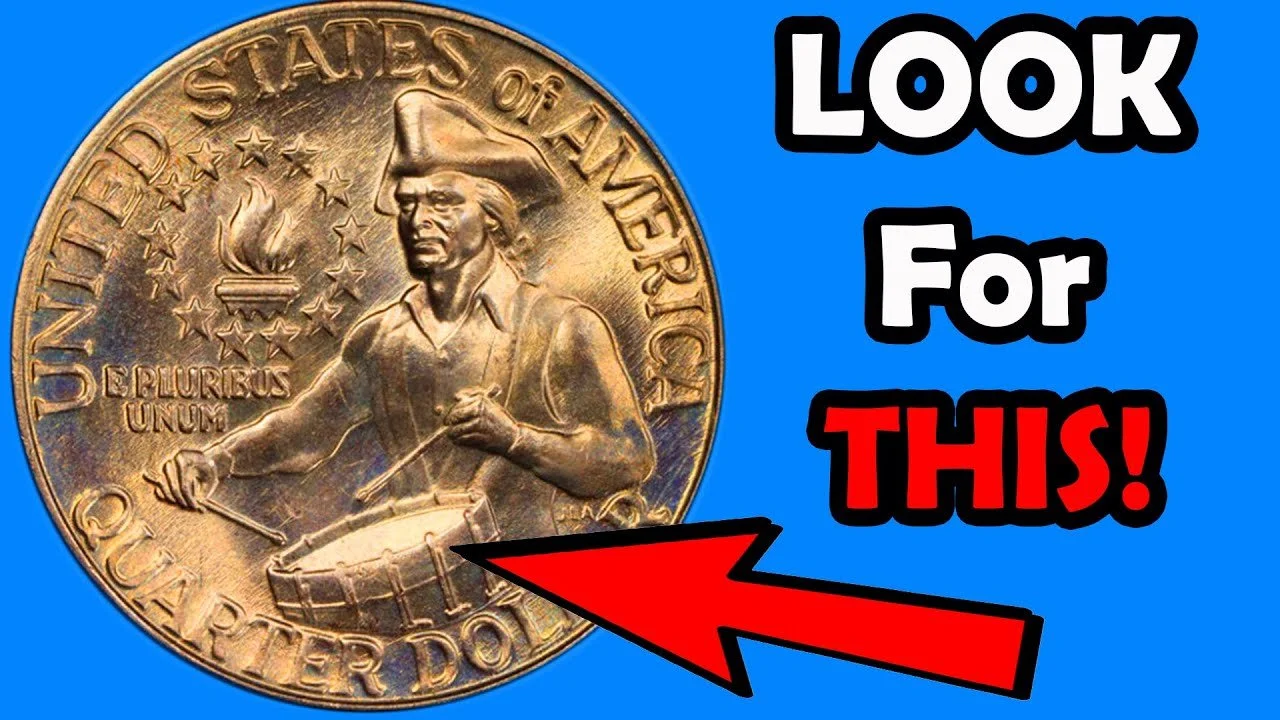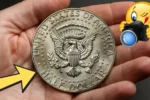How to Spot the Rare 1976 Bicentennial Quarter Worth Up to $3 Million: The 1976 Bicentennial Quarter holds a special place in American numismatic history. Issued to celebrate the 200th anniversary of the United States’ independence, these quarters feature a unique reverse design showing a colonial drummer with a victory torch surrounded by 13 stars. While millions of these coins were minted for circulation, certain rare variations have captured collectors’ attention, with some fetching astonishing prices—sometimes even nearing $3 million at auctions.
What Makes a Bicentennial Quarter So Valuable?
Not every Bicentennial Quarter is worth a fortune. The extraordinary value is usually tied to rare minting errors, specific metal compositions, or unique proof coin conditions. Some quarters were mistakenly struck on silver planchets instead of the intended copper-nickel clad, while others exhibit double die errors or exceptional preservation that places them in the highest grade categories. These rare attributes make them incredibly desirable among serious coin collectors and investors.
How to Identify the $3 Million Bicentennial Quarter
Spotting a rare Bicentennial Quarter requires a keen eye for detail. Start by examining the coin’s weight, as quarters struck on 40% silver planchets weigh slightly more than standard issues. Look closely at the design under magnification for anomalies like doubled lettering, die cracks, or off-center strikes. Coins in mint state or proof condition, particularly those graded MS-67 or higher, can command staggering prices in the numismatic market. Consulting a professional grading service can confirm the coin’s rarity and value.
Why Condition Matters More Than You Think
The condition of a coin plays a crucial role in determining its worth. Even rare varieties lose significant value if they show signs of wear, scratches, or cleaning. Coins that have been carefully preserved in uncirculated condition or proof sets are far more valuable than those that circulated freely. Grading agencies like PCGS and NGC use a standardized scale to evaluate coins, and only the highest-graded specimens are likely to attract seven-figure bids.
Where and How to Get Your Quarter Appraised
If you believe you own a rare 1976 Bicentennial Quarter, the first step is to have it evaluated by a reputable coin dealer or professional grading service. Avoid relying on casual appraisals or online photos alone, as subtle features can make a massive difference in value. Certified grading provides authentication and an official grade that collectors and auction houses recognize, which is essential for selling high-value coins.
The Growing Demand for Rare Bicentennial Quarters
In recent years, the numismatic market has seen a surge of interest in Bicentennial Quarters. Collectors and investors alike are drawn to the historical significance and the possibility of uncovering one of these elusive treasures. As demand increases, so too does the likelihood of record-breaking auction prices for exceptional specimens. This trend underscores the importance of checking your pocket change—you never know what might be hiding there.
Frequently Asked Questions
What is the rarest 1976 Bicentennial Quarter?
The rarest versions are those struck in 40% silver intended for proof sets, especially if they contain minting errors like double dies or are graded in pristine condition.
How can I tell if my Bicentennial Quarter is silver?
Silver quarters weigh about 5.75 grams compared to 5.67 grams for copper-nickel clad ones. You can also check for a silver edge instead of the usual copper-colored edge.
Are all 1976 Bicentennial Quarters valuable?
No. Most Bicentennial Quarters are worth face value unless they are rare varieties or in exceptional condition.
Where should I sell a rare Bicentennial Quarter?
High-value coins should be sold through reputable auction houses or coin dealers who specialize in rare numismatics to ensure you receive the best price.
Can cleaning my quarter increase its value?
Never clean a coin, as it can drastically reduce its value. Collectors prefer coins in their original, unaltered state.
